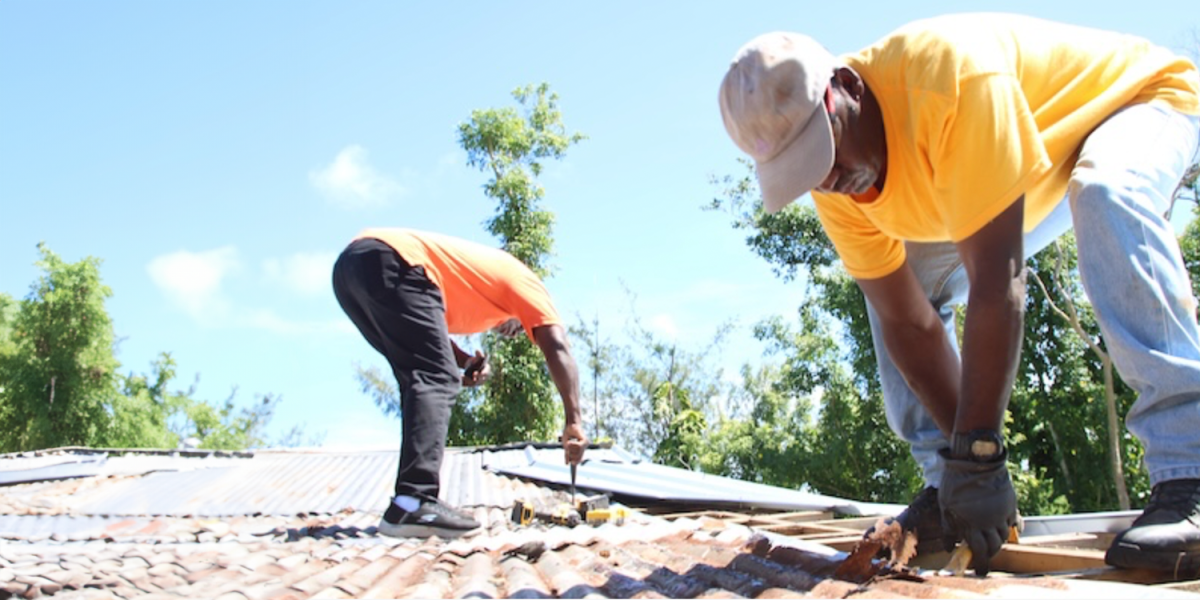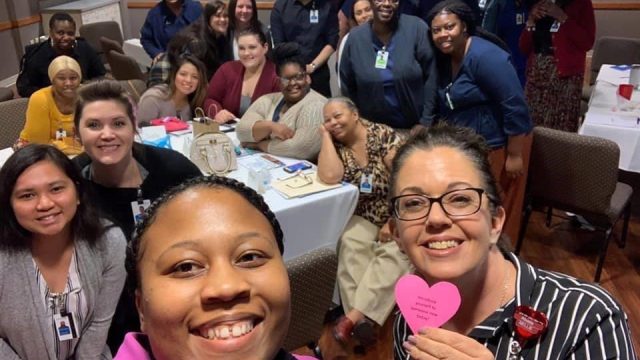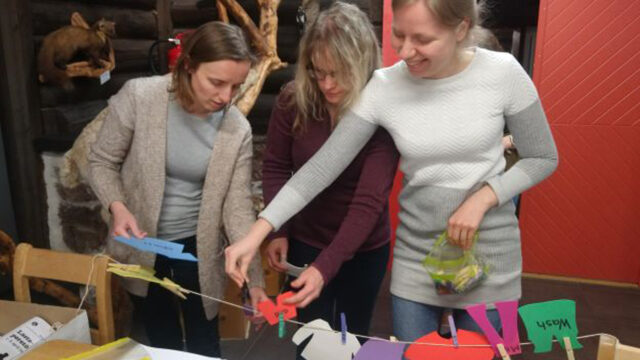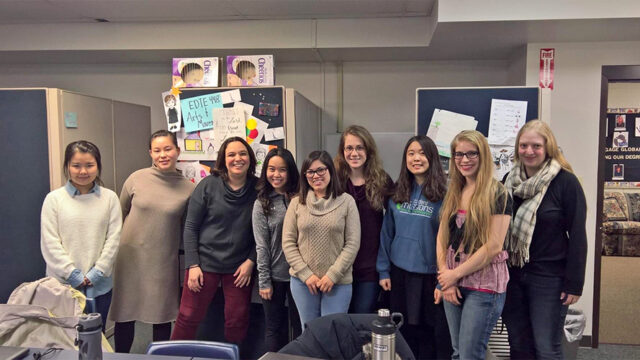Adventist Community Services keeps looking for news ways to involve church members in serving others.

I was in conversation the other day with a friend who spoke about how blessed I was to be able to help people and communities all around the world. I responded that I was simply trying to adhere to Jesus’ command to help the least of these.
As we continued the conversation, my description of help was something my friend could not relate to nor felt he could achieve. Though a believer, my friend felt that he only had enough energy, time, and resources to get through each day, keeping his children in school and ensuring his young family had all their needs met. Later, upon reflection, I realized how condescending and pompous my response may have come across, given the vantage point and life experiences from which my comment had been generated.
The conversation got me to thinking: Who are the least of these? And who is called to serve? And what does that service look like when perhaps other life situations make it challenging to help?
I thought, for example, about some of the young adults I’ve interacted with. They’ve talked about trying to establish themselves in careers, look for a compatible mate, and figuring out how to meet the demands of an economy that continues to require more and more of them. They are so consumed with “adulting” and all the challenges that come along with it that they have a hard time seeing themselves positioned to help when they perhaps consider themselves as “the least of these.”
Adventist Community Services (ACS) serves as a humanitarian arm of the Seventh-day Adventist Church. It is present in neighborhoods all across the United States, Canada, Bermuda, Guam, and the islands of Micronesia. We’re doing wonderful work in each of these areas; however, sometimes we get pigeonholed in how we help. This was why my friend felt he couldn’t respond to the command of helping the least. He feels he’s barely able to help himself.
In addition, we have traditionally not provided many entry points through which the majority of members can insert themselves as helpers. For example, our food pantries are typically open when people work during the week. So, we’re asking volunteers to not only help but also asking them to miss work, school, and maybe even give up a part of their income while helping within their community.
There are many varied circumstances that people are dealing with, but again, aren’t we all commanded to help the least of these? I ask the question again: What should helping the least of these look like? And can our church serve as a conduit for understanding what help looks like and how everyone can be involved?
Those are the questions we are asking ourselves within Adventist Community Services. While our traditional avenues for providing help will continue — operating food pantries, providing clothing to those who need it, and running community gardens — we are also looking to expand the ways we define help as well as the type of help we provide in the communities we serve.
New Ways to Help
Some of the new initiatives we’re exploring include ways we can tackle the health and nutritional challenges many of our communities are facing. Also, some have expressed concerns of being taken advantage of by businesses and organizations in their community, which has led us to offering legal clinics that provide free advice from lawyers. And we’re also helping the unhoused find consistent lodging by purchasing and renovating vacant homes, creating “tiny home” communities, and using our church parking lots to provide safe places for single parents and their children to park and sleep until more permanent shelter can be obtained.
While this new direction might prove to be a challenging pivot point for many, I was blessed to see one of the new initiatives in action. A few months ago, ACS was asked to help the federal government rebuild houses in Guam after a recent typhoon destroyed many homes. We were given five months to put a team together.
In this instance, when one of our conference ACS leaders placed a call to the young adults they have been connected with over the course of the year, he received a resounding and enthusiastic “Count me in.” Though these young adults were working their jobs, going to school, and starting families, they responded to the call. The result was that of the 12 people who ended up traveling as a team to the other side of the world, more than half of them were under the age of 30.
So, what made this possible? Here are some of the indicators that we have been able to identify:
- We provided lead time so that our volunteers could schedule their availability.
- A relationship had previously been established with the young adults so when the opportunity arose, they were ready and willing.
- A support system was provided to help the volunteers with all the logistics as well as the provision of resources so that the volunteers wouldn’t be severely impacted financially as a result of their participation.
- A designated timeframe enabled them to help and then return to their daily lives.
- Adventist Community Services was involved with work that was different from our traditional ways of helping, and the young adults were excited to feel a part of something they perceived as rewarding.
It is my prayer that the excitement will be contagious. ACS will continue looking for ways to engage with our communities, and our desire is to have you join us in this effort.
Connect with your local Adventist Community Services director at your church or local conference. Discuss with them your thoughts about how we might address the challenges you see. And it’s through these types of discussions that we’ll be better able to truly help the least of these!
The original version of this story was posted on the North American Division news site.








